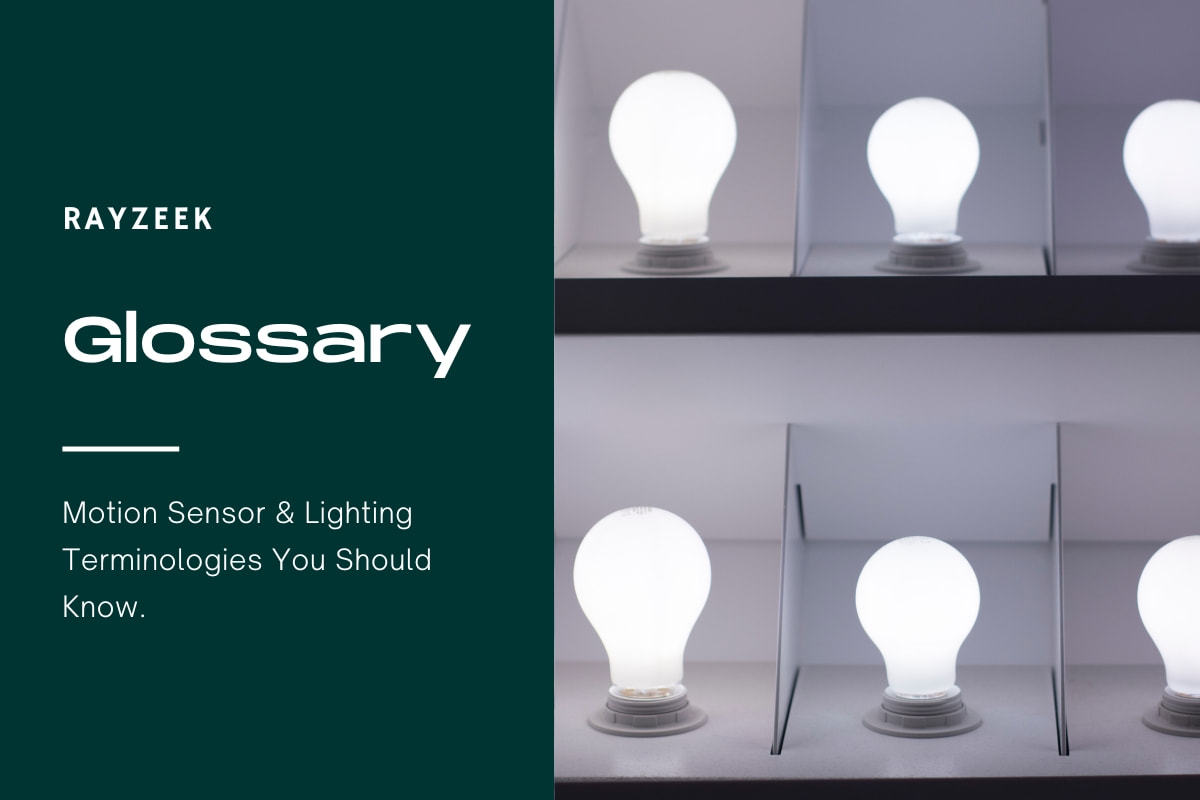What is Light Reflection
Light reflection is the phenomenon where light waves encounter a surface or boundary that does not absorb the energy of the radiation and bounces the waves away from the surface. This process occurs when incident light waves interact with a smooth or textured surface and are redirected in different directions. The behavior of light reflection follows the Law of Reflection, which states that the incident angle is equal to the angle of reflection.
Smooth surfaces, such as glass mirrors or polished metal, are ideal for reflecting light, resulting in specular reflection. In this case, the incident light is reflected in a single direction, following the angle of incidence. On the other hand, rough surfaces exhibit diffuse reflection, where the incident light is scattered in various directions due to the surface’s irregularities.
Get Inspired by Rayzeek Motion Sensor Portfolios.
Doesn't find what you want? Don't worry. There are always alternate ways to solve your problems. Maybe one of our portfolios can help.
Understanding light reflection enables us to perceive our environment by providing a basis for viewing. By manipulating the angles and surfaces of lighting fixtures, designers can control the direction and intensity of reflected light, creating desired lighting effects and enhancing visibility.
Looking For Motion-Activated Energy-Saving Solutions?
Contact us for complete PIR motion sensors, motion-activated energy-saving products, motion sensor switches, and Occupancy/Vacancy commercial solutions.
Frequently Asked Questions
What Is Reflection of Light and Its Causes
Reflection of light happens when light waves encounter a surface and bounce away from it. This occurs because light tends to travel in a straight path, but when it encounters an opaque surface, it disperses within the same medium.
Why Is Reflection of Light Important
Rays of light bouncing off objects, similar to how a ball bounces on the ground, is known as reflection of light. This phenomenon plays a crucial role in our ability to perceive our surroundings. For instance, when we look out of a window, we are able to see the natural world and its objects because they reflect the light emitted by the Sun.
What Are the Two Laws of Reflection of Light
Laws of reflection: According to the first law of reflection, the incident ray, the reflected ray, and the normal to the mirror’s surface all lie in the same plane. As for the second law of reflection, it states that the angle of reflection is equal to the angle of incidence.
What Is Reflected Sunlight Called
Earth’s albedo, which refers to its ability to reflect sunlight, is influenced by various factors such as the color, type, and texture of surfaces. These surfaces can range from snow, vegetation, to urban areas.









